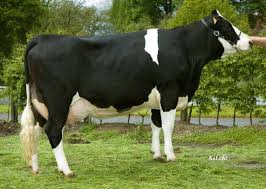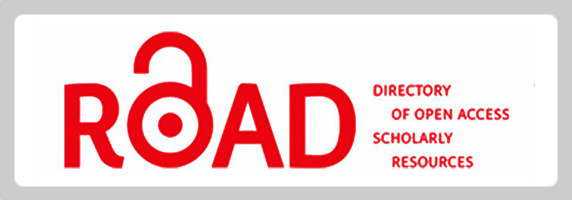Estimates of Sire Breeding Value for Milk production and Reproductive Traits in Crossbred Dairy Cattle
Sire Breeding Value Estimation for Economic Traits
Abstract
The breeding values of 98 pure Holstein Friesian and crossbred sires were estimated from the lactation and reproductive performance of dairy cattle by using WOMBAT software fitted to mixed animal model evaluation method. The performance records of 851 crossbred dairy cows, daughters of 98 sires (AI semen or bulls) were collected from the pedigree sheets at the research farm. Sires with two and more daughters were included in the data. The source of Sires (semen) were worldwide sire (WWS), Western Asia imported and domestic semen source. The traits studied were lactation milk yield (LMY), daily milk yield (DMY), lactation length (LL), age at first service (AFS), age at first calving (AFC), calving interval (CI), days open (DO) and number of service per conception (NSC). From the analysis, the estimated average sire-breeding value for LMY was 7.51 kg, which varied from 663.82 kg below the average to 1055.19 kg above the average. Average estimated sire-breeding value for DMY was 0.06 in the range of 1.22 kg below the average to 2.27 kg above the average breeding value. For LL, the estimated difference of sire breeding value was 97 days ranges from 49.8 days below the average to 47 days above the average. The sire breeding value of AFS trait was -0.71 days ranges from 179 days below the average to 161 days above the average. Sire-breeding value of AFC trait was -0.66 days estimated from 257 days below the average to 366 days above the average. Average sire breeding value for CI was -1.87 days ranges from 50 days below the average to 39 days above the average. For DO, it was -1.81 days ranged from 56 days below the average to 44 days above the average. Sire breeding value for NSC was varied from 0.02 below the average to 0.02 above the average.
Downloads
References
Banik, S. and Gandhi, R.S. (2010), Sire evaluation using single and multiple trait animal models in Sahiwal cattle, Indian J. Anim. Sci., 80: 269-270.
Getahun, K. Hunde, D. Tadesse, M. Tadesse, Y. (2019), Reproductive performances of crossbred dairy cattle at Holetta Agricultural Research Center, Livestock Research for Rural Development, Volume 31, Article #138. Retrieved August 17, 2020, from http://www.lrrd.org/lrrd31/9/kefa31138.html.
Lodhi Geeta, C.V., Singh, R. S., Barwal, B. N., Shahi and D. S., Dalal. 2016. Estimation of Breeding Values by Different Sire Evaluation Methods for Selection of Sires in Crossbred Cattle. International Journal of Advanced Research and Biological Science, 3(10): 145-150.
Robertson, A. and Rendel, J. M. (1950), The use of progeny testing with AI in dairy cattle, J. Genetics, 50:21.
Schaeffer, L.R. (2006), Strategy for applying genome-wide selection in dairy cattle, J. Anim. Breed. Genet., 123: 218- 223.
Shakti Kant Dash, A K Gupta, Avtar Singh, Pushp Raj Shivahre, Achun Panmei and Manvendra Singh. (2016), Comparative Assessment of Sire Evaluation by Univariate and Bivariate Animal Model for Estimation of Breeding Values of First Lactation Traits in HF Cross Cattle, Indian Journal of Animal Sciences, 86 (2): 177–179.
Skjervold, H. (1963), The optimum size of progeny groups and optimum use of young bulls in AI breeding, Acta Agriculturae Scandinavica, 13:131.
Vani, S. Sakunthala Devi, K. Maheswara Reddy, D. and Aparna Reddy, N. (2018), Breeding value estimation and efficiency of sire evaluation methods in Holstein Friesian cattle, The Pharma Innovation Journal, 7(3): 166-168.











